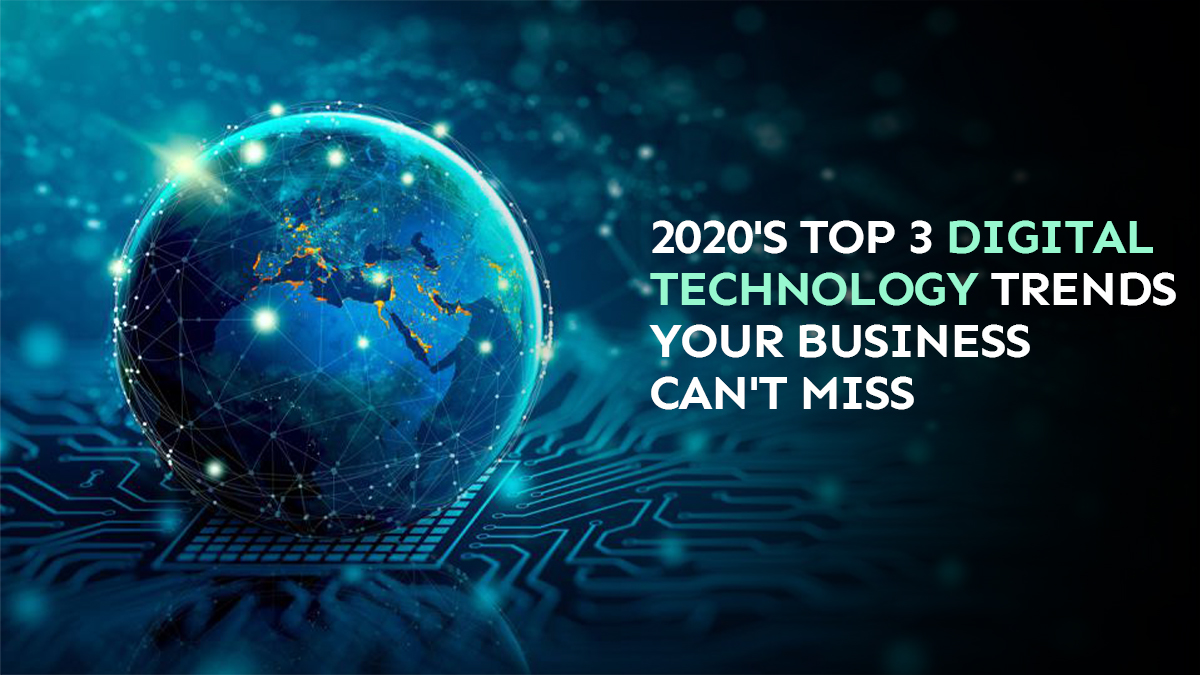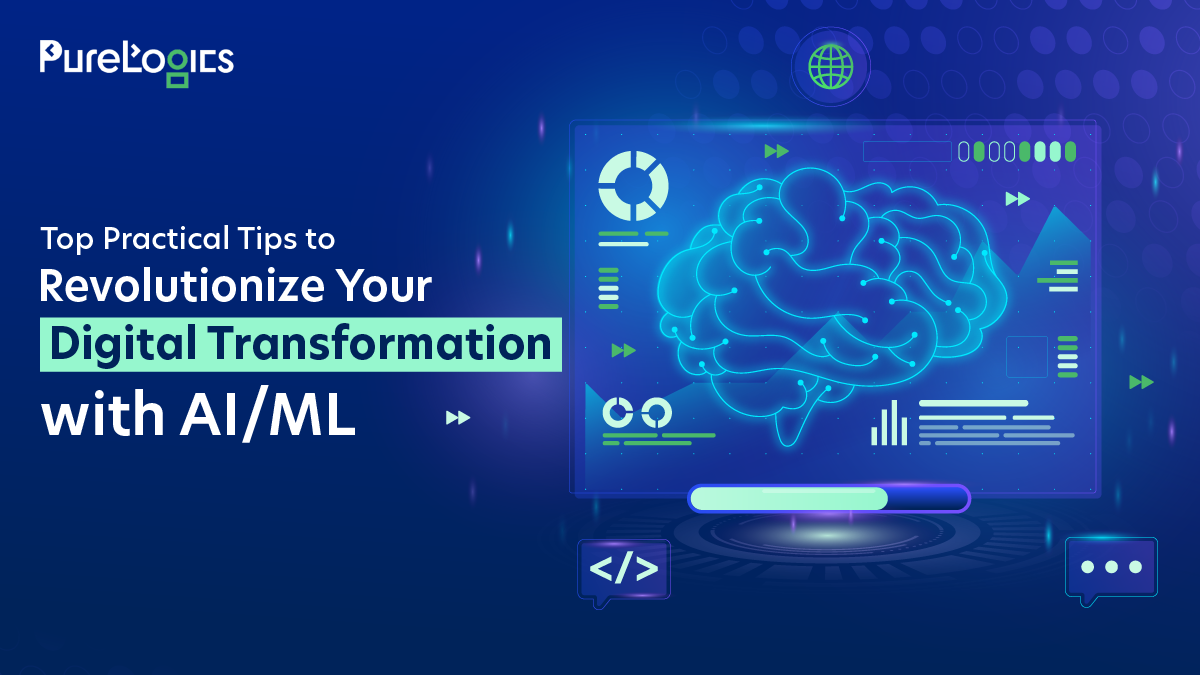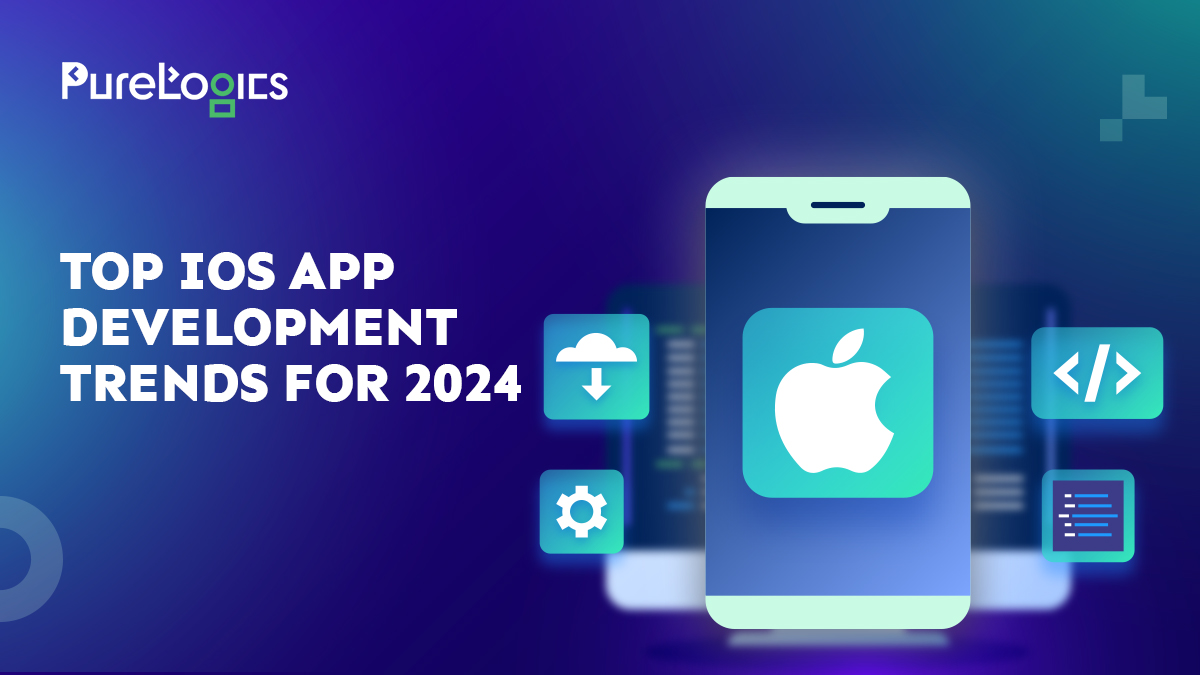We’re just about 20 years into the 21st century, and the technological advancements and innovations have been astonishing, charging ahead faster than ever. Business organizations and individuals who do not stay as up-to-date with top tech patterns as possible there is a greater chance that they might leave themselves completely in the dust. Similarly, those who understand the key patterns and take a keen interest in adopting the latest technology are better able to plan and grasp opportunities.
In this write-up, we will review some of the most significant digital experience trends that companies should explore in the next 12 months and beyond to deliver better business value, achieve enhanced outcomes, and stay ahead of the competition. The trends spotlighted here are handpicked from a plethora of predictions made by Gartner (gartner.com) and other similar tech analyst firms. So, let’s begin!
Trend #1: “Interfaceless Machines Are Coming.”
People-literate technologies (PLTs) are becoming the need of the hour as an increasing number of consumers want to cherish digital experiences using natural languages, eliminating a big part of the need to be computer literate. To their credit, manufacturers across multiple business verticals are abandoning traditional interface models such as screens, keyboards, and pointing devices in favor of machines controlled by zero-touch user interface apps that include sensory inputs such as voice, gestures, facial recognition, motion, sound, gaze, and other biometrics; shifting the interfaces away from on-machine controls, creating seamless interactions between consumers, devices, and technology.
“The users should not discover ways to engage with technology; rather, it’s time for the technology to learn from humans.”
CIOs should understand and prepare for this altogether new perspective that the interfaceless machines are posing and, thus, invest in extremely capable conversational platforms, analytical tools, and predictive analytics that can bring natural-language developments to life.
Trend #2: “Application Development Goes Multi-Experience.”
The way people communicate with, perceive, and control the digital world is changing quite significantly and rapidly, from form-based user interfaces on one or perhaps two devices to an extensive range of digital touchpoints. Consumers want to interact with the apps and devices in various ways, expecting them to offer support for voice, chat, virtual reality, etc. According to Gartner, the leading research and advisory company, multiexperience development is the answer to this innovative and immersive experience that customers crave.
This new level of application development, called “multi-experience,” gives companies and businesses the ability to engage with users across a variety of human senses, where chat, gesture, voice, AR, VR, wearables, and other interaction models, along with the ever-popular mobile apps and web browser, join hands to transform the digital user journey.
CIOs should recognise 2020 as the time to go beyond the obvious and adopt a multi-experience strategy that differentiates you from the crowd and reminds your ideal customers why they should choose you. Being an early technology adopter and providing customers a rich experience across multiple touchpoints will enable them to take the lead by forming, modifying, and reinforcing the positive business perceptions surrounding their brand at each of those points.
Trend #3: “Facial Recognition Technology Is Going To Be The New Landmark.”
A digital experience quite popular, mainly in China, is facial recognition payment. The face of the customer is linked to a bank account or digital payment system, and he or she can make a purchase by simply posing in front of point-of-sale (POS) machines equipped with cameras. One doesn’t have to bring cash, a card, a wallet, or their smartphone anymore, as they are now able to take things by just showing up at the store.
The trend is also getting popular in various other parts of the world. Due to concerns about data privacy and safety, this new technological development involving a cashless convenience requires a substantial amount of faith and confidence in the ecosystem provider. Nonetheless, facial recognition payment systems offer CIOs an entirely different viewpoint to drive business growth, namely by enhancing the digital customer experience.


 [tta_listen_btn]
[tta_listen_btn]
 December 10 2019
December 10 2019






